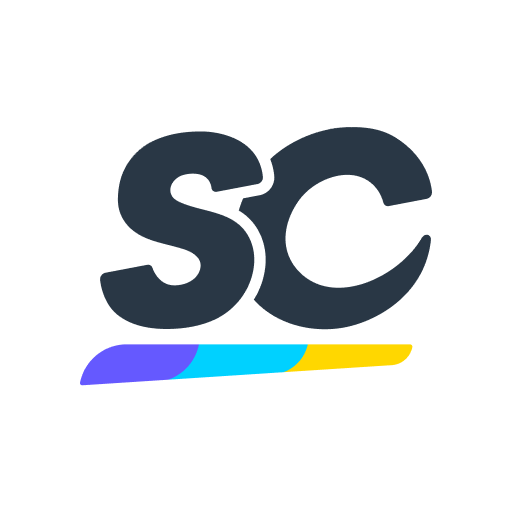Information
-
Flight Type
-
Site name
-
Date / Time
-
Pesticide applied
Before Leaving
-
Odometer recorded
-
Gate keys are in truck
-
COA binder in truck
-
Tx and extra batteries
-
Phone and GPS
-
Drone batteries
-
Drone charger and cables
-
Launch pad
-
Pesticides
-
Drone secured in bed of truck
-
Generator secured and has gas
-
Truck gas check
Preflight Check
Crew
-
Pilot
-
Co-Pilot
-
Visual Observer (if applicable)
Weather Information
-
Cloud Cover %
-
Temperature
-
Wind Direction
-
Wind Speed
Site information
-
Please check your local drone regulations and check if there are specific regulations that you need to follow.
-
Checked NOTAMS
-
Published NOTAMS
-
Safe distance from crowds, animals, property
-
Clear of overhead obstructions (e.g. Buildings, Power lines, Trees, Cell Sites, Houses etc,)
-
Clear take off and landing site identified
-
Secondary Landing Zone identified
Documents
-
Obtained required airspace authorization (if applicable)
-
Obtained operational waiver (if applicable)
-
Part 107 License and Recurrent
-
COA
-
Pesticide Labels
Drone Flight Equipment Visual Inspection
-
Prop arm locked and foam removed
-
GPS and Phone set up and on the drone
-
Inspect frame for cracks, loose parts
-
Motors able to spin freely
-
Propellers and hubs free from cracks or damage
-
Check for loose wires and tuck away
-
Batteries fully charged
-
Batteries inserted correctly
-
Controller fully charged
-
Pesticide loaded and weight confirmed on Tx
-
Flight plan uploaded
Post Flight
-
Remove phone, fill in pesticide quantity and stop streaming
-
Fold up drone and replace foam pads
-
Remove battery
-
Secure drone in the truck
-
Pack up heli pad
-
Turn off Tx
-
Secure generator (shut off, master switch off, fuel selector none, and ratchet strap tightened)
-
Secure hopper as well as any loose items in the bed






